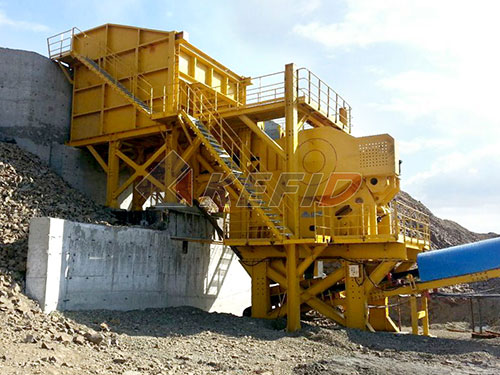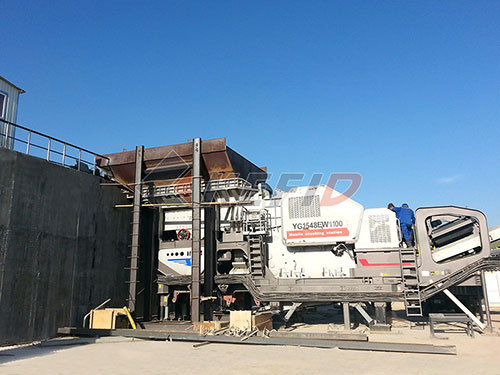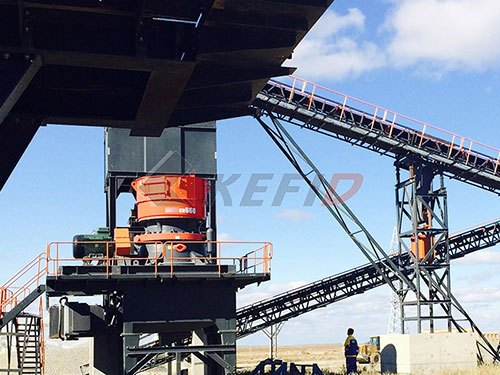
The Unshackled Powerhouse: How Mobile Crushers Are Reshaping Material Processing Landscapes
The relentless demand for aggregates – crushed stone, sand, and gravel – forms the literal bedrock of modern infrastructure development. From towering skyscrapers and sprawling highways to essential utilities and residential projects, these processed materials are indispensable. Traditionally, feeding this insatiable appetite relied heavily on stationary crushing plants anchored deep within quarries or established processing sites. While effective for large-scale operations at fixed locations, this model presented inherent limitations: inflexibility towards dispersed resources, high logistical costs for material transport over distance, significant site preparation requirements for temporary projects like road construction or demolition recycling yards.
Enter the Mobile Crusher – not merely a piece of machinery on tracks or wheels but a paradigm shift in material processing philosophy. It represents liberation from fixed foundations and embodies operational agility on an unprecedented scale.

Beyond Mobility: Defining the Core Advantage
At its essence, a mobile crusher integrates primary crushing machinery – jaw crushers for initial size reduction of large rocks or impact crushers suited for softer materials like asphalt recycling – with essential components onto a single chassis equipped with tracks or heavy-duty tyres. This self-propelled unit incorporates feeders that regulate material flow into the crushing chamber(s), conveyors that efficiently transport crushed product away from the machine and often stack it into stockpiles directly on-site.
The fundamental revolution lies not just in its ability to move to a job site under its own power (or via low-boy trailer), but crucially in its capability to crush material precisely where it originates. This eliminates one of the most significant cost factors in aggregate production: hauling raw feed material over potentially long distances from extraction point to a distant stationary plant using fleets of expensive dump trucks consuming substantial fuel and incurring tyre wear and operator costs.
Unpacking the Anatomy of Efficiency
Modern mobile crushers are sophisticated systems engineered for robust performance in demanding environments:
1. Chassis & Mobility: Heavy-duty tracked undercarriages provide exceptional stability on uneven terrain and low ground pressure crucial for sensitive sites or soft ground conditions. Wheeled options offer faster road travel speeds between sites without requiring specialized permits as often as tracked units might.
2. Power Unit: Typically powered by efficient Tier IV Final / Stage V compliant diesel engines driving hydraulic systems that power all functions – tracks/wheels movement feeder vibration conveyor belts hydraulic cylinders opening/closing jaws adjusting settings etc Electric-drive options using external grid power or onboard gensets are

Leave a Reply